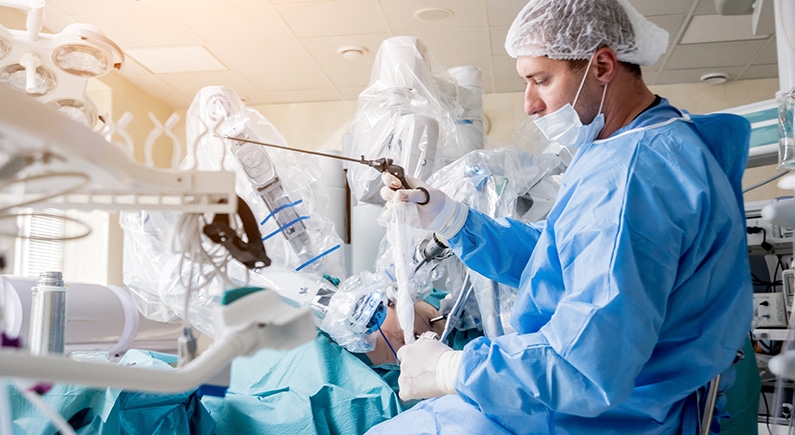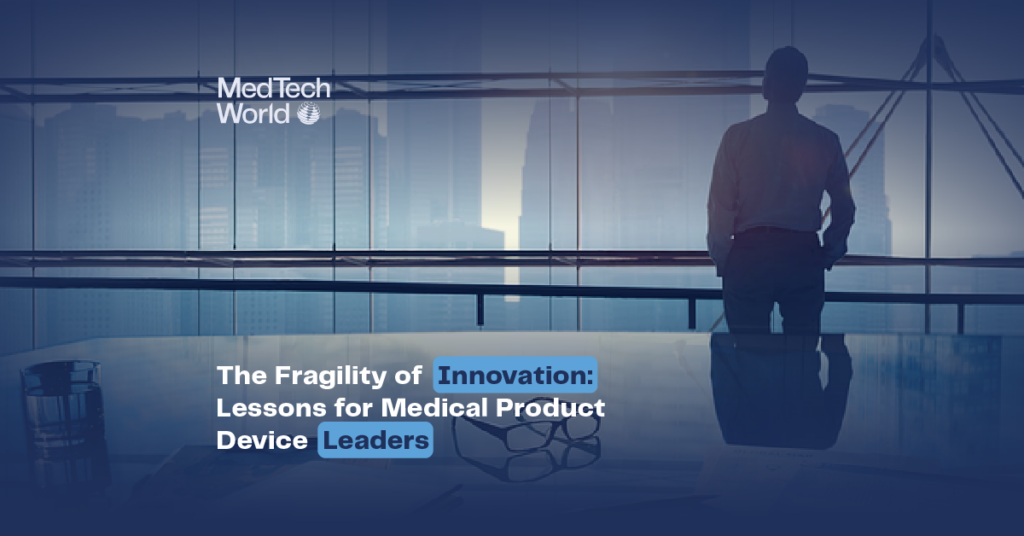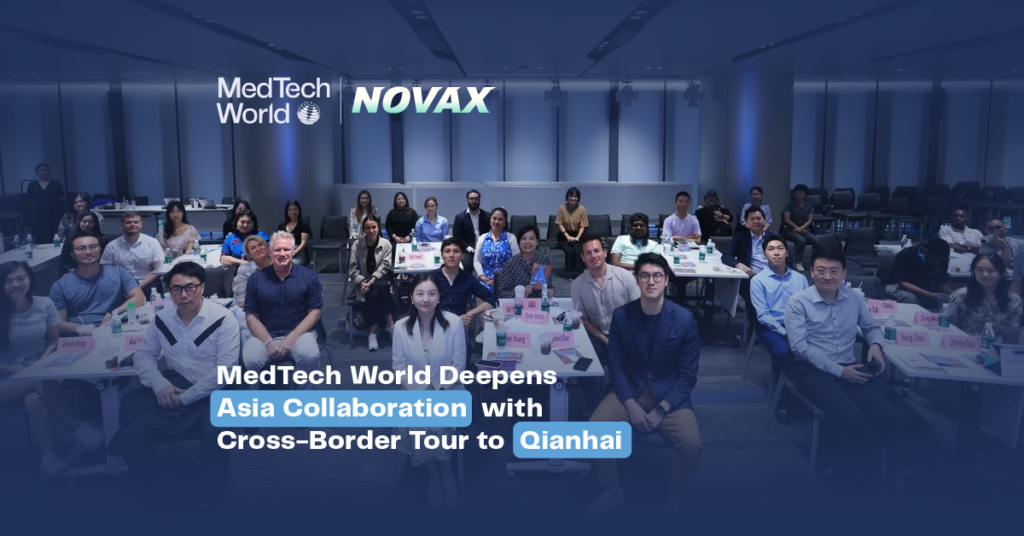
Michael Joe Cini
26th May 2022
Robots in Surgery: How They are Used in 2022
AI-driven robotic-assisted surgery is improving healthcare and resulting in a better treatment outcome. In this piece we look at how robots in surgery are being used, and the difficulties, and challenges they’re facing.
Over the last few decades, there has been a gradual increase in the adoption of robots in the healthcare system. They range in complexity of activities; from laboratory robots that deal with medications to surgical robots that perform surgeries or procedures on their own to robots that care for patients after surgery.
AI-driven robotic surgery allows doctors to focus on the difficult components of surgery by assisting them with surgical tool handling and positioning during procedures. It increases surgeons’ stabilities during surgery and assists them in improving their abilities and performing better during interventions, consequently resulting in improved patient outcomes and lower overall healthcare costs.
Although these robots are trained by human abilities through repeated demonstrations, when fully equipped, surgical robots can assist with various activities in the healthcare system. For example, robots can help find important insights and state-of-the-art procedures by scrolling through millions of data sets using machine learning algorithms.
Robotic-assisted Surgery utilizes specialised technology that enhances the capabilities of the surgeon’s hands and enables precise movements and enhanced magnification. The technology consists of surgical arms, a special camera, and a surgical console.
Benefits of Robotic-assisted Surgery (RAS)
Robotic-assisted surgery has many identified benefits, both directly and indirectly. The special camera provides enhanced highly magnified, high-resolution 3D views of the operation field, giving better visibility to the surgeon, and resulting in a more precise procedure.
The robotic arms have a greater range of motion, and their movements are more exact than a human hand. This gives the surgeon more dexterity. In robotic-assisted surgery, there’s less blood loss and blood transfusion, less discomfort, and a shorter recovery time.
Telesurgery’s climb in popularity
When the Covid-19 pandemic broke out, there was a spike in the number of patients presenting to the clinic for both medical and surgical intervention. However, there was also a need to reduce doctor-patient contact as a way of preventing the spread of the virus; the notion of robotic surgery, specifically telesurgery, however, became the center of consideration.
Telesurgery is a surgical procedure performed using robots and computer technologies from a distance. It serves as a protective layer, separating healthcare providers and patients, thereby acting as a potent instrument to tackle the worry of disease contamination and surgery volumes.
Although the first-ever demonstrated telesurgery took place in 2001, the technique only acquired prominence in 2020, and this could be linked to the covid-19 pandemic. The introduction of 5G technology has also contributed to the acceptance of telesurgery.
Setbacks and hurdles
Despite significant expected benefits to both surgeons and patients, the lack of adequate clinical evidence and commercial barriers, alongside people’s reservations about using robots in healthcare (particularly for crucial surgery) have factually limited the adoption of robotic-assisted surgery.
There are also regulatory and legal concerns about the surgeons-robots collaborations. However, generally, the future of AI in surgery is bright and there’s an expected increase in the adoption and use of robots in healthcare in the next few years.
About Med-Tech World:
Being led by physicians we have a deeper understanding of how things in the healthcare industry work. We know healthcare is not like any other industry and as a result provide the expertise that others do not. Have an exhibition booth of your own, throw a specific side event, or else just tell us what you want to get out of Med-Tech and we’ll have a dedicated team drum up the most relevant opportunities for you.




